Lab Tests Costs: Part I - Blood Work Costs
 Lab tests costs range from a few dollars to several thousand US dollars, according to the tests conducted. Going to community health clinics or ordering online lab work at home are two options for lowering the cost.
Lab tests costs range from a few dollars to several thousand US dollars, according to the tests conducted. Going to community health clinics or ordering online lab work at home are two options for lowering the cost.
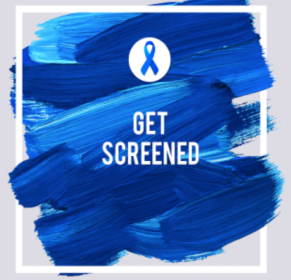 According to The U.S. Preventive Services Task Force (USPSTF), which is an independent, volunteer panel of national experts in disease prevention and evidence-based medicine, Colorectal cancer, or CRC (refers to both rectal cancer and colon cancer) is the third leading cause of cancer death for both men and women, with an estimated 52,980 persons in the US projected to die of colorectal cancer in 2021.
According to The U.S. Preventive Services Task Force (USPSTF), which is an independent, volunteer panel of national experts in disease prevention and evidence-based medicine, Colorectal cancer, or CRC (refers to both rectal cancer and colon cancer) is the third leading cause of cancer death for both men and women, with an estimated 52,980 persons in the US projected to die of colorectal cancer in 2021.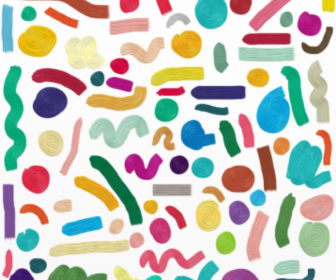 Gut health is a foundation for wellness. Our microbiome is the collection of all the microbes (e.g., bacteria, viruses, fungi, yeast, archaea, and parasites) in our body. Our microbiome can be in any of our organs open to the environment, like, skin, gut, lungs, urinary tract reproductive (penis/vagina).
Gut health is a foundation for wellness. Our microbiome is the collection of all the microbes (e.g., bacteria, viruses, fungi, yeast, archaea, and parasites) in our body. Our microbiome can be in any of our organs open to the environment, like, skin, gut, lungs, urinary tract reproductive (penis/vagina).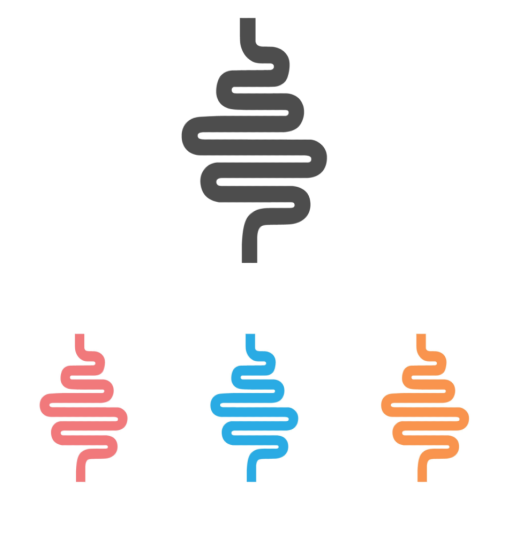 Irritable bowel syndrome (IBS) and inflammatory bowel disease (IBD) may sound the same and even share some symptoms, but these are completely different conditions. IBD is an autoimmune disease that causes swelling and sores in the gastrointestinal tract, while IBS is a health issue found in your intestines.
Irritable bowel syndrome (IBS) and inflammatory bowel disease (IBD) may sound the same and even share some symptoms, but these are completely different conditions. IBD is an autoimmune disease that causes swelling and sores in the gastrointestinal tract, while IBS is a health issue found in your intestines.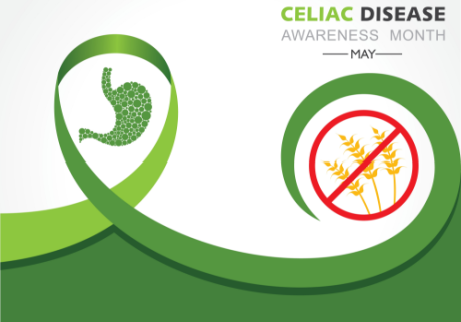 Celiac disease is a genetic, autoimmune condition in which eating gluten (a protein found in wheat, rye, and barley) causes damage to the small intestine. If you have celiac disease and eat gluten, over time, the immune reaction to eating gluten creates inflammation that damages the small intestine's lining, leading to medical complications.
Celiac disease is a genetic, autoimmune condition in which eating gluten (a protein found in wheat, rye, and barley) causes damage to the small intestine. If you have celiac disease and eat gluten, over time, the immune reaction to eating gluten creates inflammation that damages the small intestine's lining, leading to medical complications. As medical science keeps facing technological advancements and developments, similarly, many different techniques and accomplishments have been observed in science. Now everything has been shifted towards the internet. Continuous improvements and evolution have made people's life easier and up to the mark.
As medical science keeps facing technological advancements and developments, similarly, many different techniques and accomplishments have been observed in science. Now everything has been shifted towards the internet. Continuous improvements and evolution have made people's life easier and up to the mark.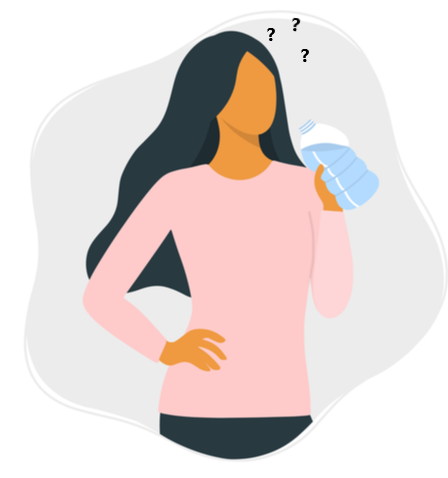 In previous posts, we covered the main bacterial and viral sexually transmitted infections (STI). This post discussed other STI as Syphilis, Bacterial Vaginosis, and vaginal yeast infection also called vaginal candidiasis. Lab tests for these STIs can be purchased online without a doctor, and several at-home collection kits are available.
In previous posts, we covered the main bacterial and viral sexually transmitted infections (STI). This post discussed other STI as Syphilis, Bacterial Vaginosis, and vaginal yeast infection also called vaginal candidiasis. Lab tests for these STIs can be purchased online without a doctor, and several at-home collection kits are available. 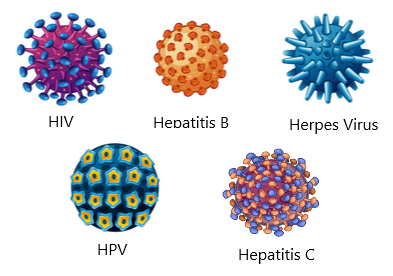 In our STD testing Part I post we covered the three main non-viral STI, Chlamydia, Gonorrhoea & Trichomoniasis. This post—Part II covers the most common viral STDs, which are known as the 'four H's' and include Human Immunodeficiency Virus (HIV), Herpes Simplex Virus (HSV), Hepatitis (HBV and HCV), and Human Papillomavirus (HPV).
In our STD testing Part I post we covered the three main non-viral STI, Chlamydia, Gonorrhoea & Trichomoniasis. This post—Part II covers the most common viral STDs, which are known as the 'four H's' and include Human Immunodeficiency Virus (HIV), Herpes Simplex Virus (HSV), Hepatitis (HBV and HCV), and Human Papillomavirus (HPV).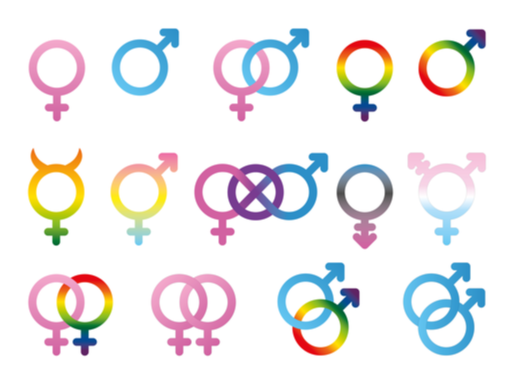 More than 1 million sexually transmitted infections (STIs) are acquired every day. In 2020, the World Health Organization (WHO) estimated 367 million new infections with one of three STIs: chlamydia (129 million), gonorrhoea (82 million), and trichomoniasis (156 million). Most Sexually transmitted diseases (STDs) are acquired by sexual contact.
More than 1 million sexually transmitted infections (STIs) are acquired every day. In 2020, the World Health Organization (WHO) estimated 367 million new infections with one of three STIs: chlamydia (129 million), gonorrhoea (82 million), and trichomoniasis (156 million). Most Sexually transmitted diseases (STDs) are acquired by sexual contact.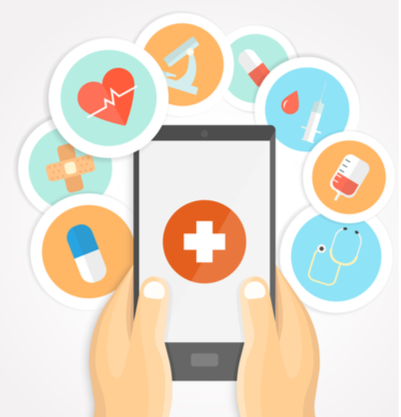 Many people are uncomfortable talking with their doctors about ordering lab tests. Or someone wants to order lab tests without doctor due to privacy considerations. In addition, patients with chronic health conditions may prefer to track their health status more frequently than their health insurance plan defines as medically necessary.
Many people are uncomfortable talking with their doctors about ordering lab tests. Or someone wants to order lab tests without doctor due to privacy considerations. In addition, patients with chronic health conditions may prefer to track their health status more frequently than their health insurance plan defines as medically necessary.